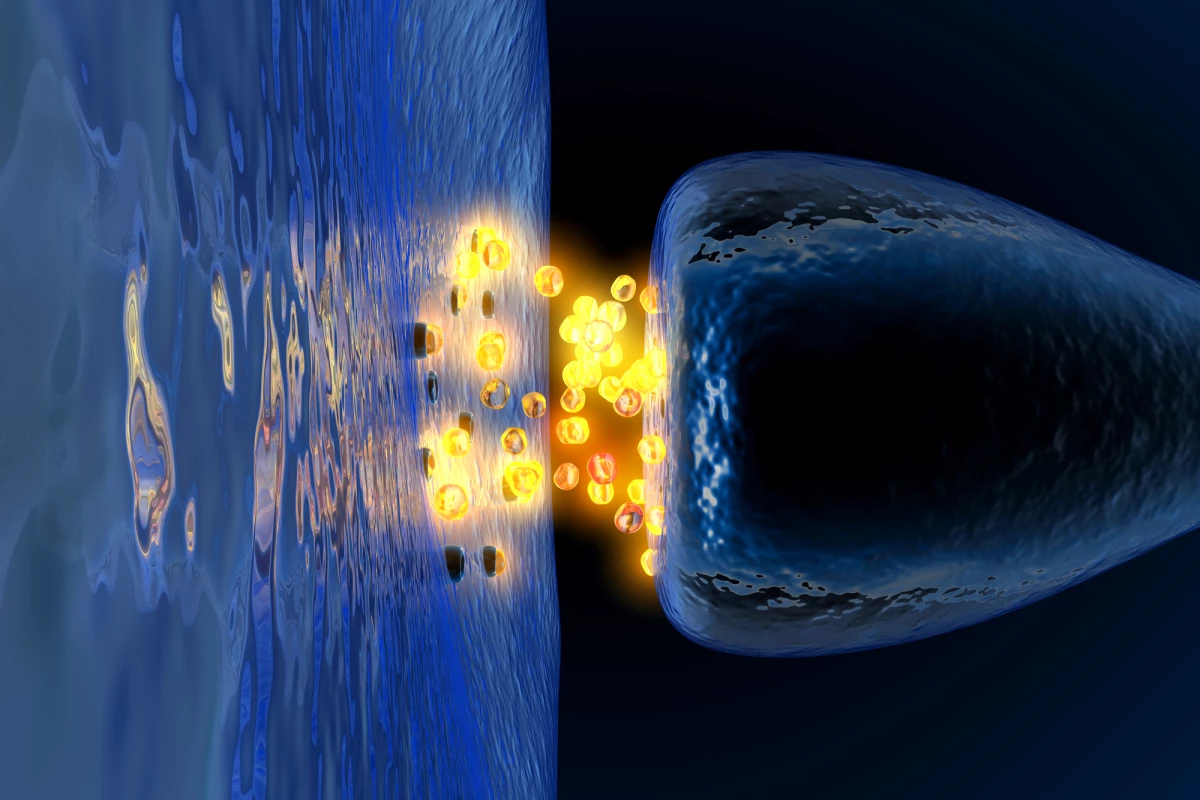Scientists investigating the driving factors behind certain neurological diseases have uncovered a new class of proteins that could help us intervene in some of the destructive processes that take place in the brain. The findings throw up new possibilities when it comes to treating Alzheimer’s and schizophrenia, with the team hopeful they can also shed light on why some are more susceptible to these types of diseases than others.
As the critical junctures for communications between neurons, synapses play a vital role in a healthy brain, but there a few ways their performance can become compromised. A lot of research into Alzheimer’s and similar neurological conditions focuses on toxic plaques called amyloid beta and tau, which build up at synapse points to disrupt thought and memory, and are seen as a key driving force behind these forms of neurological decline.
The new study, conducted at the University of Texas (UT) Health Science Center at San Antonio, focuses on another mechanism called complement-mediated synapse elimination. This refers to an immune system pathway that the brain relies on to clear away excess synapses, through the deployment of proteins that tag them for elimination.
While synapses are a necessary part of a healthy brain, we can have too much of a good thing. The amount of synapses in our brains is thought to peak between the ages of 12 and 16, but then the complement system kicks in to bring the numbers down, leading to a net synapse elimination between that point and the age of around 20.
From then onwards, adults exhibit a healthy balance between synapse formation and synapse elimination, but sometimes things don’t quite follow this script. Over-activated complement-mediated synapse elimination has become a part of this conversation, with recent research uncovering links between excessive synapse loss driven by this mechanism and neurodegenerative disorders.
One study published in Frontiers in Psychiatry last year explored the emerging role the complement system can play in these types of diseases. It found, for example, a heightened early expression of the key complement proteins in mice with Alzheimer’s (AD), suggesting that the brain's “developmental pruning pathway is re-activated at the preplaque in AD.”
A lot more research is needed to understand this interplay between the complement system and the toxic brain plaques, but the UT team hoped to shed further light on the mechanism by studying its relationship with Alzheimer’s directly. This involved experiments using mouse models of Alzheimer’s disease, in which they removed complement proteins from the brain and found that this protected the animals from neurodegeneration.
The researchers then took things one step further, with their investigations leading to the identification of naturally occurring proteins in the brain that inhibit the activity of the complement system for the first time. Called SRPX2, these proteins were found to play a protective role, with the experiments showing that mice lacking the SRPX2 gene were prone to complement system over-activation and excessive loss of synapses.
“Complement system proteins are deposited onto synapses,” says Dr Gek-Ming Sia, assistant professor of pharmacology and senior author of the study. “They act as signals that invite immune cells called macrophages to come and eat excess synapses during development. We discovered proteins that inhibit this function and essentially act as ‘don’t eat me’ signals to protect synapses from elimination.”
This discovery raises some interesting new questions, with the team now looking to explore whether the complement system could help explain why some people are more susceptible to these types of disorders than others. They will also investigate how the population of complement inhibitors could be boosted as a means of treatment, and whether different types of inhibitors are produced by different neurons to protect specific types of synapses.
“This could explain why, in certain diseases, there is preferential loss of certain synapses,” says Sia. “It could also explain why some people are more susceptible to synapse loss because they have lower levels of certain complement inhibitors.”
The research was published in the journal Nature Neuroscience.
Source: University of Texas




